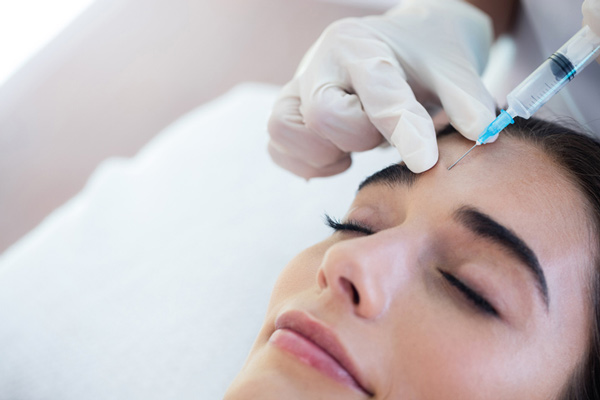Botox
Botox 101 – How Botox Can Treat Dental IssuesIn the past, Botox was thought of as a purely aesthetic treatment, used to reduce fine lines and wrinkles for cosmetic purposes. But today, multiple medical uses for Botox have been found, including migraine treatments, treatment for strabismus (lazy eye), and many more! Botox can also treat several common dental issues! Whether you’re looking for pain relief and TMJ treatment, or simply looking for a gorgeous smile makeover, we’re here to help. Want to learn more about the dental conditions Botox can treat? Of course you do! Bruxism & Teeth ClenchingBotox works by preventing the contraction of muscle cells. In essence, it “relaxes” the muscles of the face and jaw. This makes Botox extremely useful when treating issues like bruxism and other clenching disorders. Bruxism, or “teeth grinding”, is extremely common. It’s estimated that around 8% of all adults grind their teeth at night. Untreated, bruxism can lead to excessive tooth wear, tooth pain, and permanent oral damage. Botox can be used to help treat bruxism and other clenching disorders by relaxing the muscles of the jaw and face. This provides relief from tooth pain, headaches, and other common issues associated with bruxism. TMJ DisordersTMJ (Temporomandibular Joint) disorders are a common cause of jaw pain. The temporomandibular joint connects your jaw to the temporal bones of the skull, allowing it to move vertically and laterally. It’s used for chewing, speaking and yawning, among many other things. TMJ Disorders (TMD) occur when this joint is strained or out of place. This can be caused by excessive muscle tension, grinding or clenching of teeth, or even an impact injury. Common symptoms include clicking and jaw pain, severe headaches, and a difficulty opening and closing the mouth. Botox can treat TMJ disorders by relieving jaw tension, and mitigating muscle spasms. This allows the jaw to relax, and provides relief from TMD pain. Masseter HypertrophyThe “masseter” is one of the 4 essential muscles used in chewing, and is located on the rear of the jaw, in the cheek area. Excessive use of this muscle, due to teeth grinding, chewing gum, or eating particularly tough foods, can cause it to become enlarged (hypertrophic). This issue is primarily aesthetic. Often, only one side of the jaw will become enlarged. Botox can be used to smooth and relax the masseter muscles, and re-contour the jawline and the face, thereby relieving masseter hypertrophy. |
Bozeman Location:
Ennis Location:
|